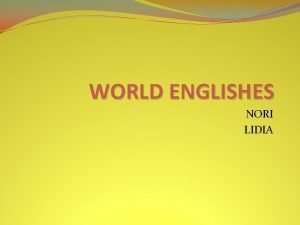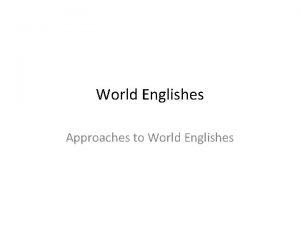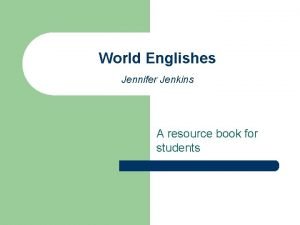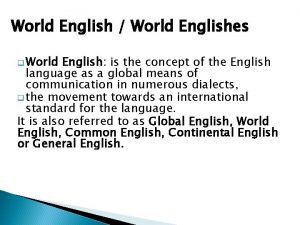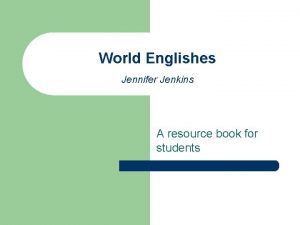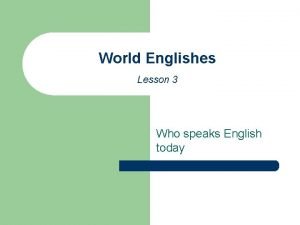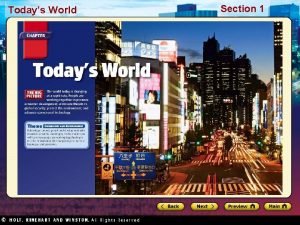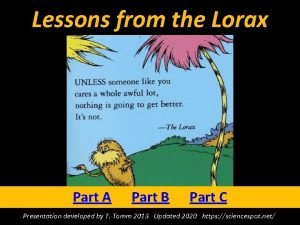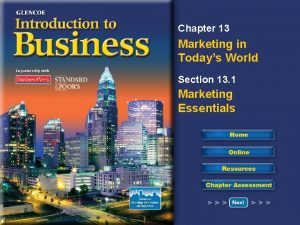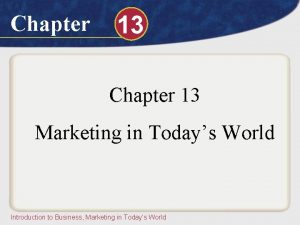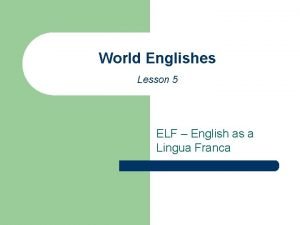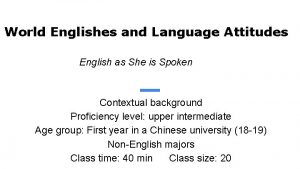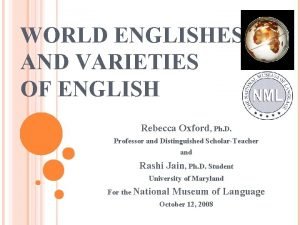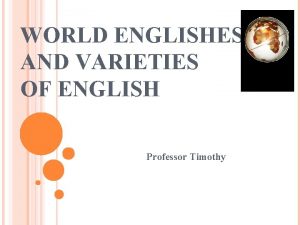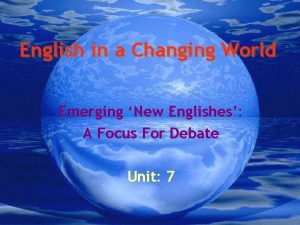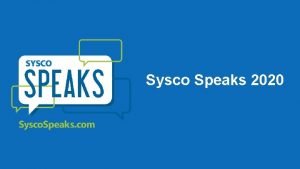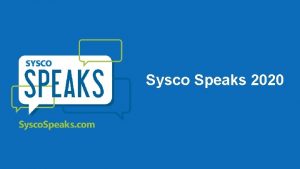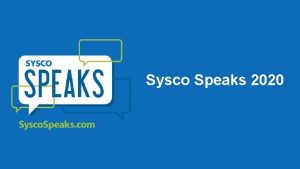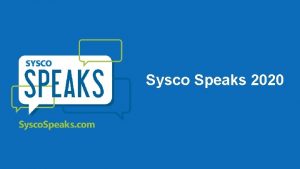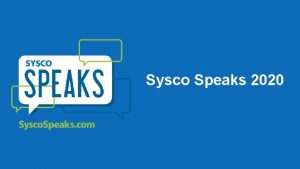World Englishes Lesson 3 Who speaks English today

















- Slides: 17

World Englishes Lesson 3 Who speaks English today

English Today l 3 groups of users: Those who speak English respectively as - a native language = ENL - a second language = ESL - a foreign language = EFL Neat classifications become increasingly difficult

Who speaks English today? l English as a Native Language (ENL) - - Language of those born and raised in one of the countries where English is historically the first language to be spoken (i. e. mainly the UK, USA, Canada, Australia and New Zealand) ~ 350 million speakers l English as a Second Language (ESL) - Language spoken in a large number of territories which were once colonized by the English (e. g. , India, Nigeria, Singapore) ~ 350 million speakers -

Who speaks English today? l English as a Foreign Language (EFL) - Language of those for whom it serves no purposes within their own countries Historically, EFL was learned to use the language with its native speakers in the US and UK ~ 1 billion speakers with ‘reasonable competence’ -

Difficulties with the three-way categorization l l l ENL is not a single variety of English Pidgins and creoles do not fit into the categorization. There are large groups of ENL speakers in ESL territories and vice versa. It is based on the concept of monolingualism, but bior multilingualism is the norm. It is based on the basic distinction between native speakers and non-native speakers, with the first group being considered superior regardless of the quality of their language. (cf. Mc. Arthur 1998)

Pidgins and creoles l l Definition pidgin A pidgin is a language with no native speakers: it is no one’s first language but is a contact language. (Wardhaugh 2006: 61– 3) Definition creole In contrast to a pidgin, a creole is often defined as a pidgin that has become the first language of a new generation of speakers. (Wardhaugh 2006: 61– 3)

Models of the spread of English l l l Streven (1980): World map of English Kachru (1985/1988): Three circle model of World Englishes Mc. Arthur (1987): Circle of World English Görlach (1988): Circle model of English Modiano (1999): The centripetal circles of international English




Three circle model of World Englishes Kachru (1992: 356) l Most useful and influential model l World Englishes divided into 3 concentric circles: 1. Inner Circle: ~ ENL countries, ‘norm-providing’ 2. Outer Circle: ~ ESL countries, ‘norm-developing’ 3. Expanding Circle: ~EFL countries, ‘norm-dependent’

Limitations with Kachru’s model l l l Based on geography and history, rather than the speakers’ use of English. Grey area between Inner and Outer Circles as well as Outer and Expanding Circles. The world’s bilingual or multilingual speakers are not taken into account. Difficulty of using the model to define speakers in terms of their proficiency in English. Does not account for the linguistic diversity within and between countries of a particular circle. The term Inner Circle implies that speakers from ENL countries are central, and may thus be interpreted as superior.

Recap l l l What do the acronyms ENL, ESL and EFL stand for and what do they refer to? Name some of the difficulties with the tripartite categorisation into ENL, ESL and EFL speakers. Explain Kachru’s three-circle model of the spread of English. Highlight its advantages as well as limitations.

The English Today debate l l l Englishes Outer Circle Englishes still regularly regarded as Interlanguage: learner language which has not yet reached the target Fossilized language: language used when learning has ceased short of native-like competence Expanding Circle Englishes even less accepted

The English Today debate Controversy between Randolph Quirk and Braij Kachru, Journal English Today, early 1990 s l Non-native Englishes as ‘deficit’: Quirk: “Language varieties and standard language” l - Non-native Englishes are inadequately learned versions of ‘correct’ native English forms Non-native Englishes are not valid as teaching models Non-native Englishes as ‘difference’: Kachru: “Liberation linguistics and the Quirk Concern” l - Criticizes Quirk’s deficit linguistics position Highlights four false assumptions of Quirk’s argument

Recap l l What is Quirk’s position with regard to the English spoken in Outer Circle countries? Which role should Outer Circle Englishes play in education and language teaching according to Quirk? What are Kachru’s arguments against Quirk’s position? According to Kachru, which false assumptions underlie Quirk’s position? How does Kachru see the role of English in Outer Circle countries?

Teaching English today Challenging the premise that NS is best teacher: l NS is expert informant, but not necessarily expert instructor (Widdowson 1994) l NNS teachers and students have shared experience of learning English asset (Seidlhofer 1999) But: Authority of NS teacher still upheld in teaching materials NS teachers still sought most
 Today lesson or today's lesson
Today lesson or today's lesson Today's lesson or today lesson
Today's lesson or today lesson Today's lesson or today lesson
Today's lesson or today lesson World englishes definition
World englishes definition World englishes definition
World englishes definition Jennifer jenkins world englishes
Jennifer jenkins world englishes Endonormative
Endonormative World englishes a resource book for students
World englishes a resource book for students Quirk and kachru debate
Quirk and kachru debate English for today class six
English for today class six For todays meeting
For todays meeting Today class or today's class
Today class or today's class Meeting objective
Meeting objective The world today part 1
The world today part 1 The lorax science worksheet answers
The lorax science worksheet answers Chapter 13 marketing in today's world worksheet answers
Chapter 13 marketing in today's world worksheet answers Chapter 13 marketing in today's world
Chapter 13 marketing in today's world Chapter 13 marketing in today's world
Chapter 13 marketing in today's world



